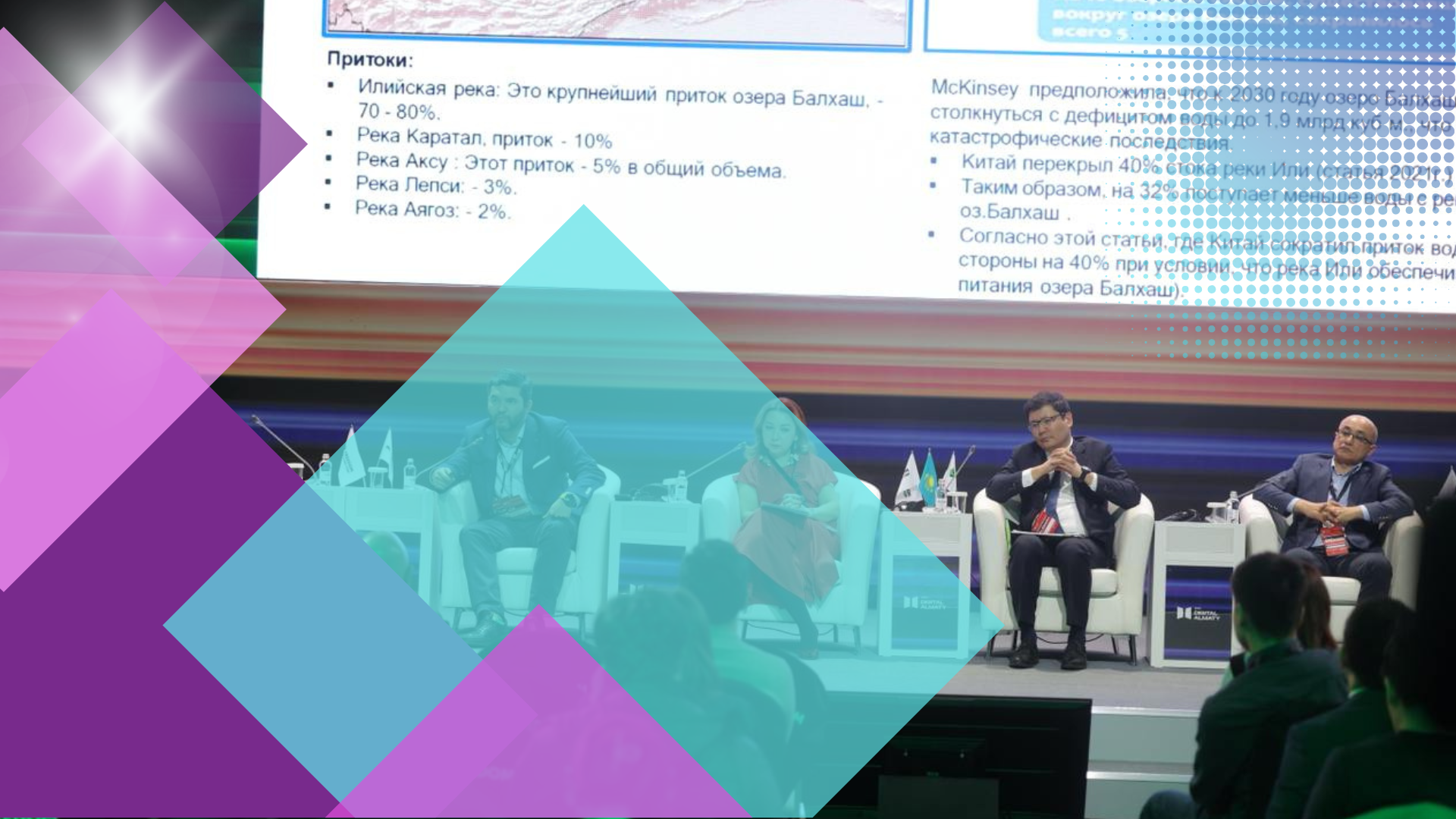The integration of automation represents an investment in the future, where technology benefits both businesses and people. The use of artificial intelligence in automation takes production efficiency to a new level. This was highlighted by Saken Shayakhmetov, Director of Sustainable Development at Kazakhmys Corporation, during his speech at the Digital Almaty 2025 forum.
“Our main focus in developing the digital agenda is to nurture the competencies of the younger generation. Hence, we have a project with The Ulytau Educational Foundation, currently covering 85 schools across our regions. Through this foundation, we implement STEM laboratories, smart libraries, and career guidance activities. By educating skills and competences, we are developing digital proficiencies,” said Saken Shayakhmetov.
Kazakhmys also operates two technological colleges that specialise in mining education. Currently, there are active efforts to establish a technical foundation in the Ulytau region.
In addition, the company is addressing the challenges faced by Lake Balkhash. According to McKinsey’s research, by 2030, Balkhash may face a water deficit of up to 1.9 billion cubic metres, which would have serious consequences. Understanding these challenges, the corporation is implementing several significant projects to preserve this Kazakhstani gem. At the end of 2024, it was announced that $5 million would be allocated for the preservation of Lake Balkhash’s ecosystem, including research projects and the implementation of sustainable water management approaches in the region.
Another crucial principle is employee safety, which involves monitoring their location and using an automated medical examination system to eliminate human error. Among the technologies being employed are predictive maintenance to minimise downtime, optimise technological processes, enhance safety, and reduce human factor risks.
In 2018, at the 67th mine of the Zhezkazgan field, the company specialists implemented the DMMS (Digital Monitoring and Management System) for the first time, in compliance with industrial safety legislative requirements. As of today, this system is implemented in 13 underground facilities, with plans to cover four more in 2025.

